Alexander McQueen: Savage Beauty
14 March – 2 August 2015 — In partnership with Swarovski, Alexander McQueen: Savage Beauty was brought to London by Victoria and Albert Museum in a larger scale. It was not just a display topping the successful 2011’s exhibition at the Metropolitan Museum of Art, but it becomes a tribute to the designer in a more personal and intimate way. It was originally curated by Andrew Bolton and Harold Koda.

Every collection was presented as if the designer himself walked us through each room describing his source and inspiration for each of the collection. At the very first was the London, where it displayed his earliest work serving as an introduction to the whole exhibition. It portrayed how McQueen started his world, from growing up in East London to becoming a tailor’s apprentice on Savile Row to taking MA Fashion course at Central Saint Martins.
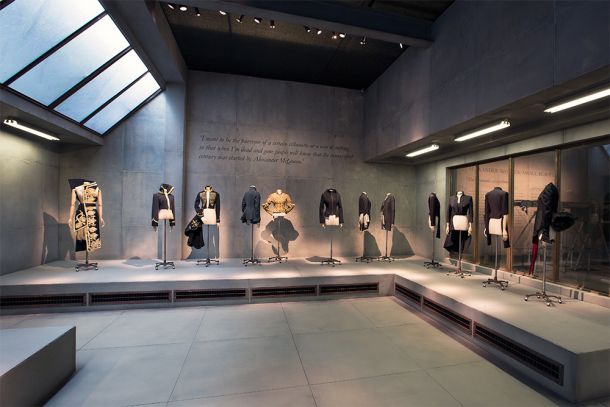
Then Savage Mind, a space dedicated to his tailoring development. Here the room showcased McQueen’s consistent forms and silhouettes referring to his early training on Saville Row and expressing his originality though his methods of cutting and construction based on tailoring.
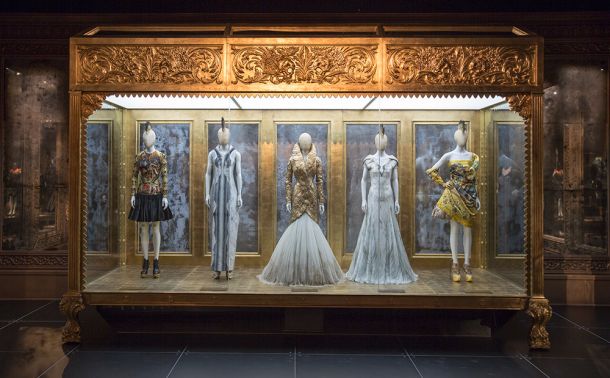
The next room was the beginning of the designer’s evolution, Romantic Gothic. The collection combined elements of romance and horror, reflecting paradoxical relationships like melancholy and beauty, lightness and darkness.
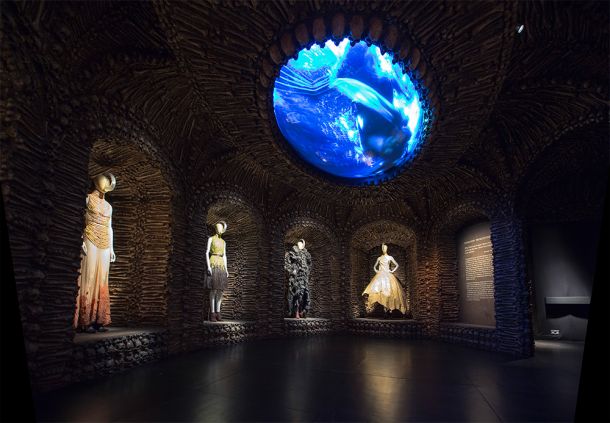
The bone-lined cavern hosted his Romantic Primitivism. McQueen had been seen frequently returned to the theme of primitivism throughout his career. He drew upon the fantasy of the savage living in harmony with he natural world, like it was in his Eshu (Fall Winter 2000) and Jungle Out There (Fall Winter 1997-98).
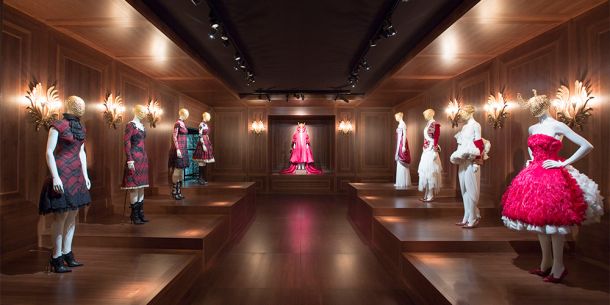
Romantic Nationalism was next with tartan, rich velvety feathers, and beaded chiffons. McQueen brought his Scottish heritage as his ancestral history to the collections with elaborate narratives. It was apparent in The Widows of Culloden (Fall Winter 2006) featuring exaggerated silhouettes inspired by Victorian styles together with the use of tartan and lace.

Visitors was then brought to the Cabinet of Curiosities. It presented show pieces that was made for the catwalk and not for production, from the collaboration produced by McQueen and accessory designers like Philip Treacy and Shaun Leane.
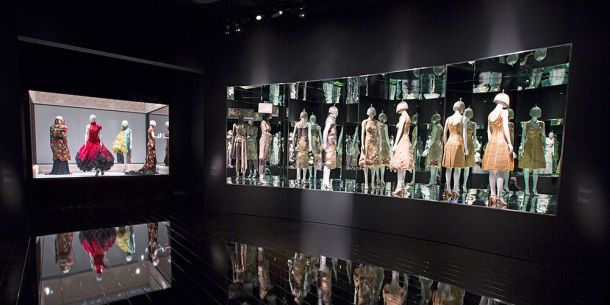
Romantic Exoticism, the lure of exoticism was a central theme in the collection and was translated creatively together with his romantic sensibilities.
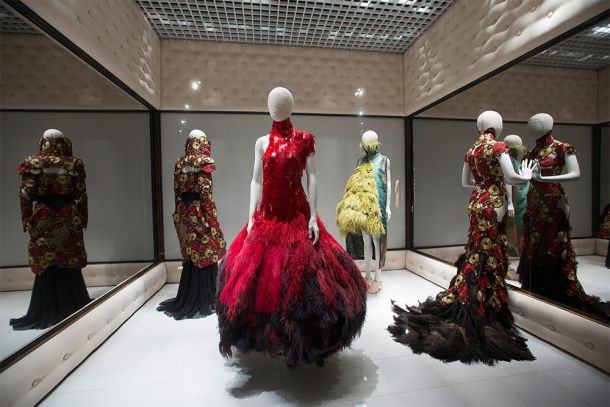
Voss offered a collection with politics and upending conventional ideals of beauty featuring a number of exorcised garments. Ostrich feather, silk, appliqués, and blood red glass were used
With the glass cabinets, Romantic Naturalism was displayed presenting how the nature greatly influenced McQueen. Florals, degraded lace, and feathers were used in the collections displaying the mechanics of nature.
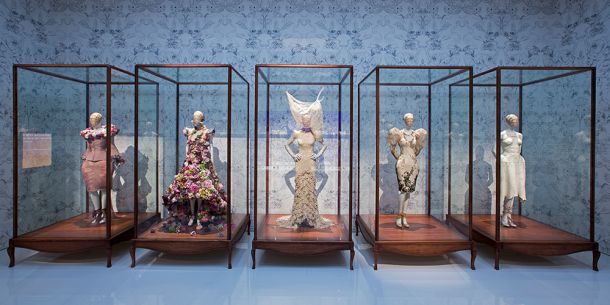
The exhibition was closed by Plato’s Atlantis which was the final show that the designer presented before his death. Nature’s influence was clearly apparent in this collection (Spring Summer 2010). The collection was created complex with technology combined with craft and showmanship making it is considered as Alexander McQueen’s greatest achievement.

source: www.vam.ac.uk & www.vogue.co.uk
